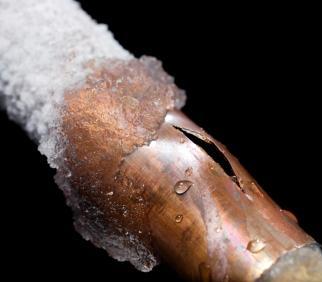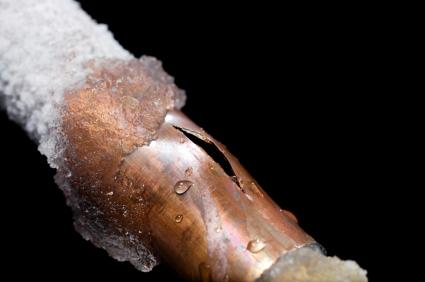 As winter snows melt and temperatures warm, homeowners should be on the lookout for potential water damage from inside and outside the house.
As winter snows melt and temperatures warm, homeowners should be on the lookout for potential water damage from inside and outside the house.
Water damage can generate significant economic losses for homeowners and renters alike, according to the Insurance Information Institute.
Damage from frozen or burst pipes accounted for 22 percent of all U.S. homeowners insurance losses incurred in 2010, the most recent year for which data is available, according to ISO, a Verisk Analytics company.
“Even a small amount of water can cause serious damage to your home,” Jeanne M. Salvatore, senior vice president and consumer spokesperson at the I.I.I., said in a statement. “That is why it’s important to have the right type and amount of insurance, including flood insurance.”
Standard homeowners and renters policies provide coverage for burst pipes, wind driven rain and damage resulting from ice dams on the roof. Some policies cover sewer and drain backups but many do not. Homeowners can purchase a sewer backup rider to a homeowners or renters policy for around $50 a year, depending on the amount of coverage.
Generally speaking, water that comes from the top down, such as rainfall, is covered by a standard homeowners insurance policy while water that comes from the bottom up, such as an overflowing river, must be covered by a separate flood insurance policy. Flood insurance can be purchased from the federal government’s National Flood Insurance Program, as well as from some private insurers.
The average flood insurance policy costs about $500 a year, according to the NFIP. For homeowners, the maximum amount of coverage available from the program is $250,000 for damages to the structure of the home, and $100,000 for the contents.
There is a 30-day waiting period for a flood insurance policy to go into effect. If you need coverage above and beyond the limits offered by the standard NFIP policy, excess flood insurance is available from a number of private insurance companies.
A standard homeowners insurance policy will cover you for losses related to ice dams, water that is unable to drain properly through the gutters and seeps into the house, causing damage to ceilings and walls.
Homeowners are expected, however, to take reasonable steps to prevent winter-related losses by keeping the house warm and properly maintaining its pipes and drains. Frozen water pipes represent the biggest potential problem for homes.
As such, it’s important to insulate all of a home’s pipes, especially those leading to the outside, and follow these additional four tips:
Make sure there is clear access to the home’s main water shut-off valve in case there is a leak, or a pipe suddenly bursts.
When the temperature outside falls below the freezing mark, open water faucets enough to allow a slow trickle of water; this will maintain the flow of water in the lines and help keep them from freezing.
Check pipes under sinks to make sure they are getting adequate heat.
Make sure the home’s heating system is circulating water through the radiator and baseboard heating units to avoid freezing.
The Insurance Institute for Business & Home Safety has also conducted research on the best ways to prevent frozen pipes.












